It’s no secret that remote work has become very popular over the last several years, but there is an often-overlooked reason as to why that is. For many people, it was a game-changer to have the level of control over their surroundings that working from home offers them. However, being fully remote does not offer the same valuable collaborative opportunities that in-person environments facilitate. The current challenge many employers are now facing is the demand for workplaces that give employees access to in-person resources while making them feel as empowered as they did at home.
Workplaces in the past were often designed to be one-size-fits-all, but as we now know, this does not accommodate the needs of a large portion of the workforce, particularly neurodivergent people. When workplaces are reconceptualized to be welcoming and accessible for neurodivergent people, they become a more positive and productive environment for everyone.
Neurodiversity and neuroinclusivity are related concepts that focus on recognizing and supporting the variety of ways in which human brains function. The concept of neurodiversity acknowledges that brain differences are just that: differences, not deficits. This approach encourages the recognition and support of a wide range of neurological conditions, such as autism, ADHD, dyslexia, and others, as natural variations of the human brain.
Neuroinclusivity builds on the concept of neurodiversity by creating environments and practices that support neurodiverse individuals. Its goal is to remove barriers and promote understanding, acceptance, and equal opportunities for all.
Creating neuroinclusive spaces involves implementing inclusive strategies in workplaces, schools, and other settings to ensure full participation and success for people with different neurological conditions. Thoughtful space design plays a key role in these strategies, and architectural products are an especially impactful design tool for such spaces.
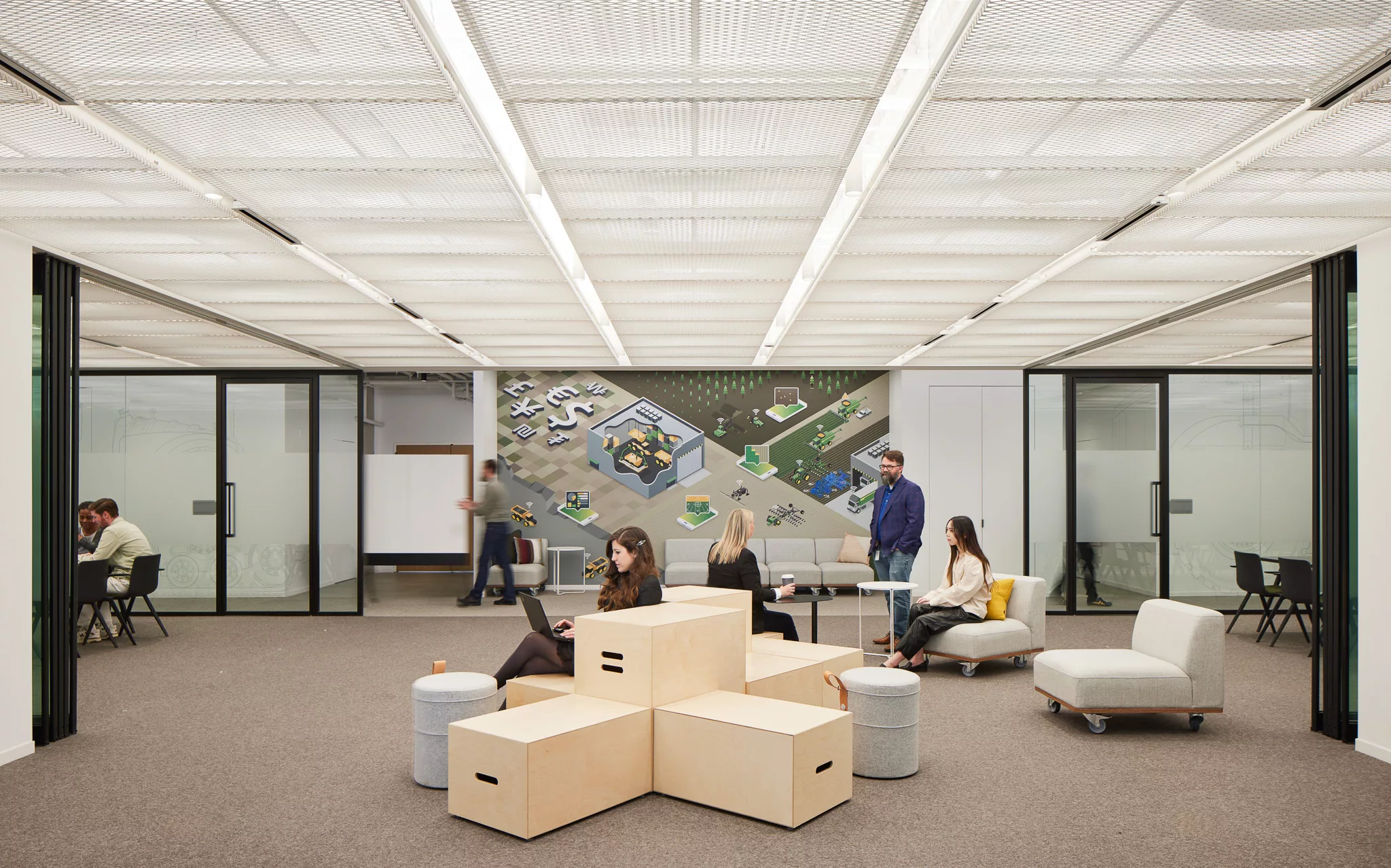
Understanding Neuroinclusivity in the Workplace
In a workplace setting, neuroinclusive design means creating a space with the understanding that different employees have varying needs when it comes to their work environment. Some individuals perform better when around other people and need more stimuli to stay engaged within the workplace, while others require privacy and minimal sensory input to focus. To accommodate the needs of all employees within a singular work environment, separation between dedicated zones supporting various work styles is a necessary addition.
Many experts support the concept of offering a mix of spaces for employees ranging from privacy and focused heads-down work, to collaboration and socialization.
“When designing a workplace to be inclusive for all, it’s important to provide a variety of options to enable users to find a space that fits their specific needs for the task at hand.”
Kelly Colon
Eledex Consulting
Gensler’s Global Workplace Comparison 2023 report agrees with this sentiment. Their research found that successful workplace performance is rooted in office space effectiveness and workplace experience — the presence of both results in workplaces that drive better outcomes for individuals, teams, and businesses. This is why it’s essential to create diverse, dedicated zones throughout the workplace that cater to various working conditions, enabling everyone to perform at their best.
Architectural Products as a Solution
A simple way to achieve separation between zones throughout the office is with architectural products. Architectural products are prefabricated systems that can be quickly installed and easily reconfigured, and provide separation solutions to spaces. Architectural products can be used to close off a space entirely, like for a conference room, or they can be used in a less formal sense to provide smaller spaces that offer a respite from busier areas.
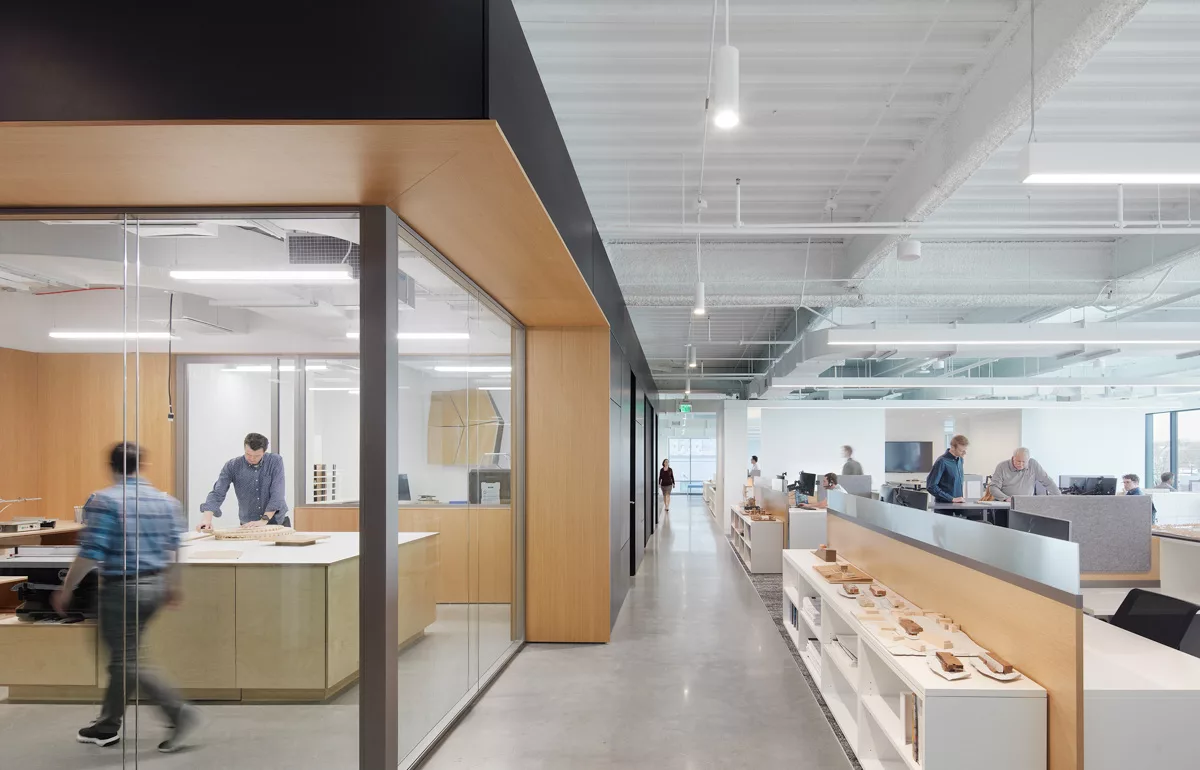
The flexibility of architectural products is crucial for adapting to the changing needs of a workforce as organizations grow and adopt new practices and technologies over time. To keep up with the evolving needs of the times, modifications to a space must be made periodically.
Architectural products are a great investment in the longevity of the workspace because they can be reconfigured, allowing changes to be made as needed without requiring a construction project. Unlike traditional construction methods, these systems do not require significant downtime for installation, meaning that businesses can continue to operate with minimal disruption.
For numerous organizations, the initial perception might be that creating a neuroinclusive space is challenging due to limited budgets or the limitations of the existing physical environment. However, architectural products, such as demountable walls and microarchitecture, present an accessible solution that can fit into any floor plan and can be customized to suit a broad range of styles and budgets.
Financial and time investments are also significantly lower for architectural products compared to stick-built solutions, as supported by CBRE’s Chicago Office Construction Trends analysis.
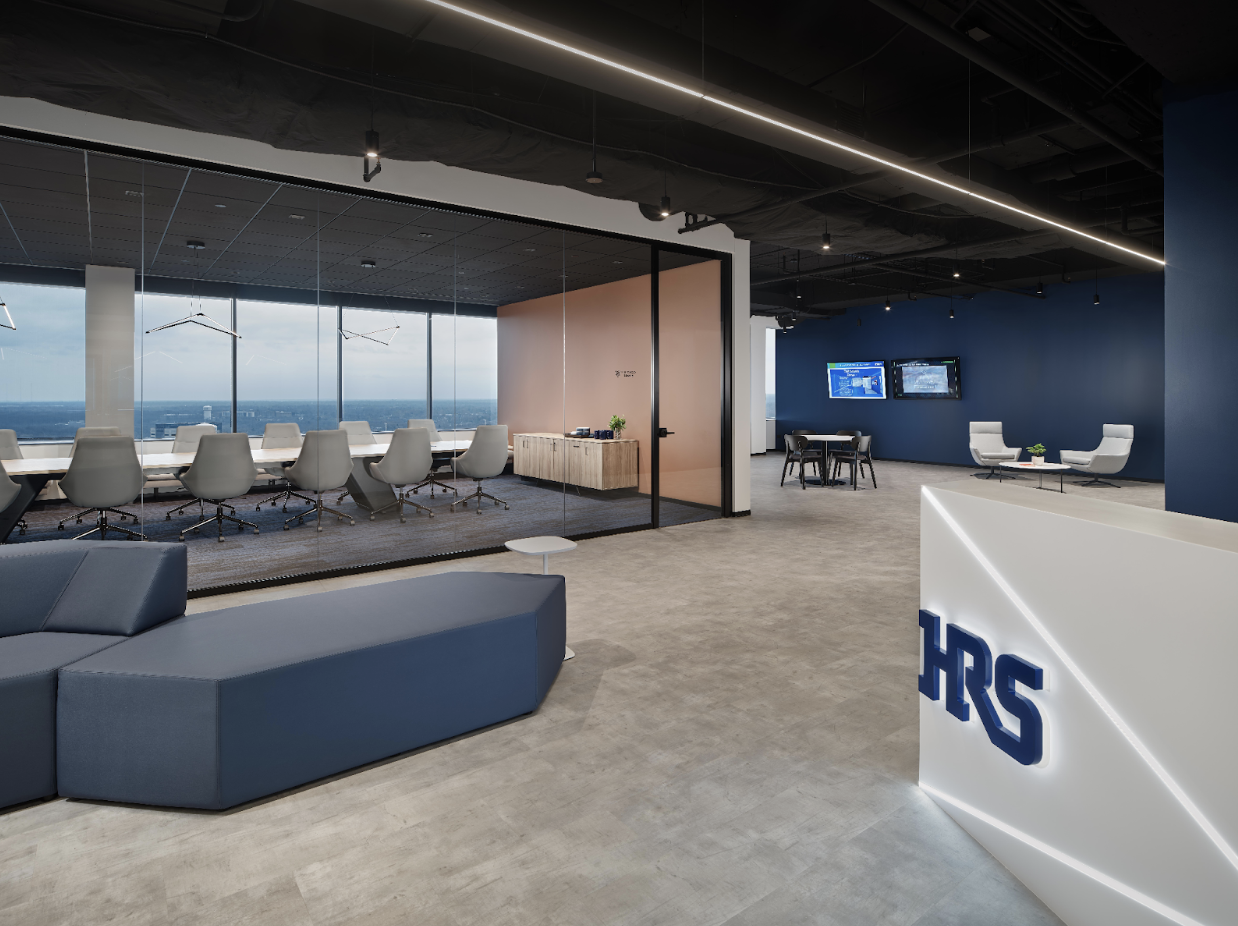
Benefits of Architectural Products for Neuroinclusive Design
When used in an intentional way, architectural products offer numerous advantages that enhance the emotional, cognitive, and psychological well-being of building occupants, forming the fundamental principles of neuroinclusive design.
- Improved Acoustics – One of the key challenges in an open office environment is managing noise levels. Excessive noise can be distracting and stressful, particularly for individuals who are sensitive to sensory input. Architectural products can incorporate sound-absorbing materials and design elements that help to mitigate noise, creating a more serene and focused work environment.
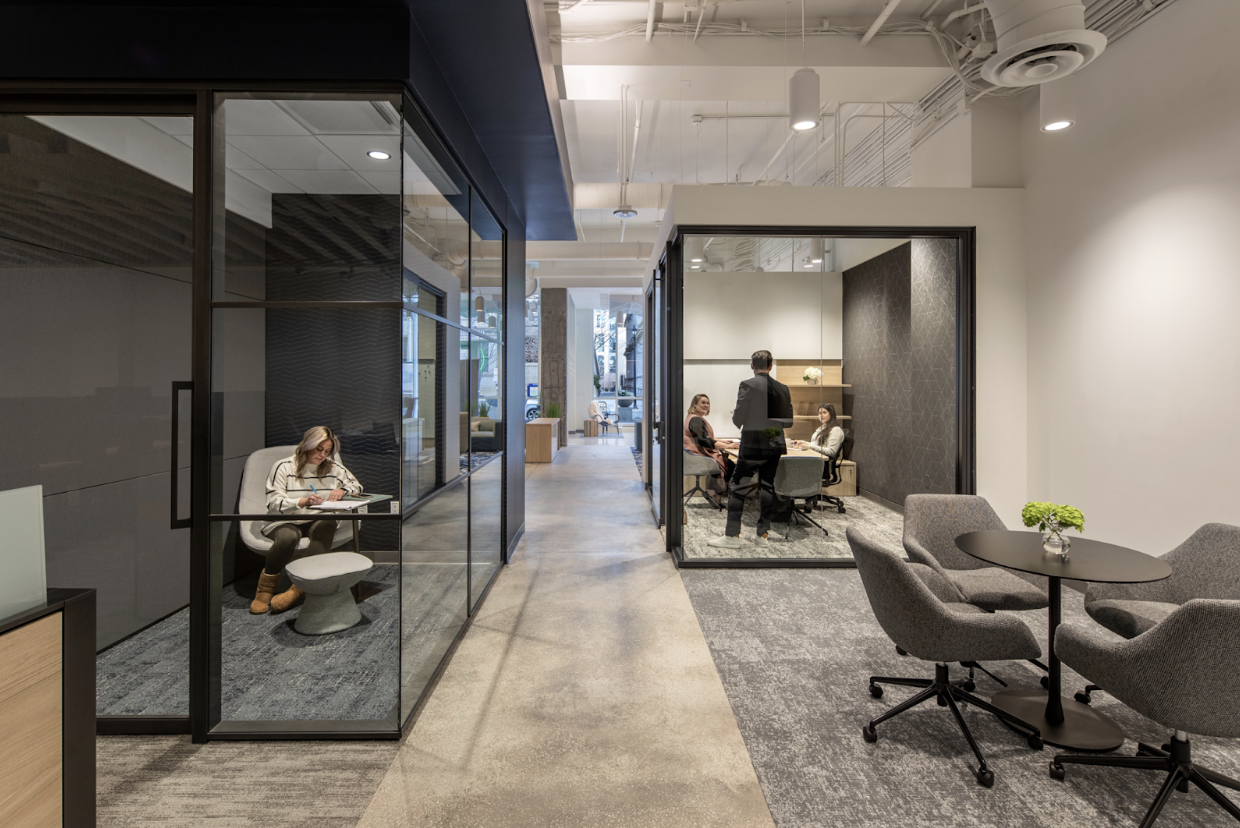
- Increased Privacy – When creating your space, it is recommended to include private pods or quiet zones where employees can retreat to focus on their work. These spaces can be equipped with ergonomic furniture and technology to support various work activities, from solo tasks to confidential meetings.
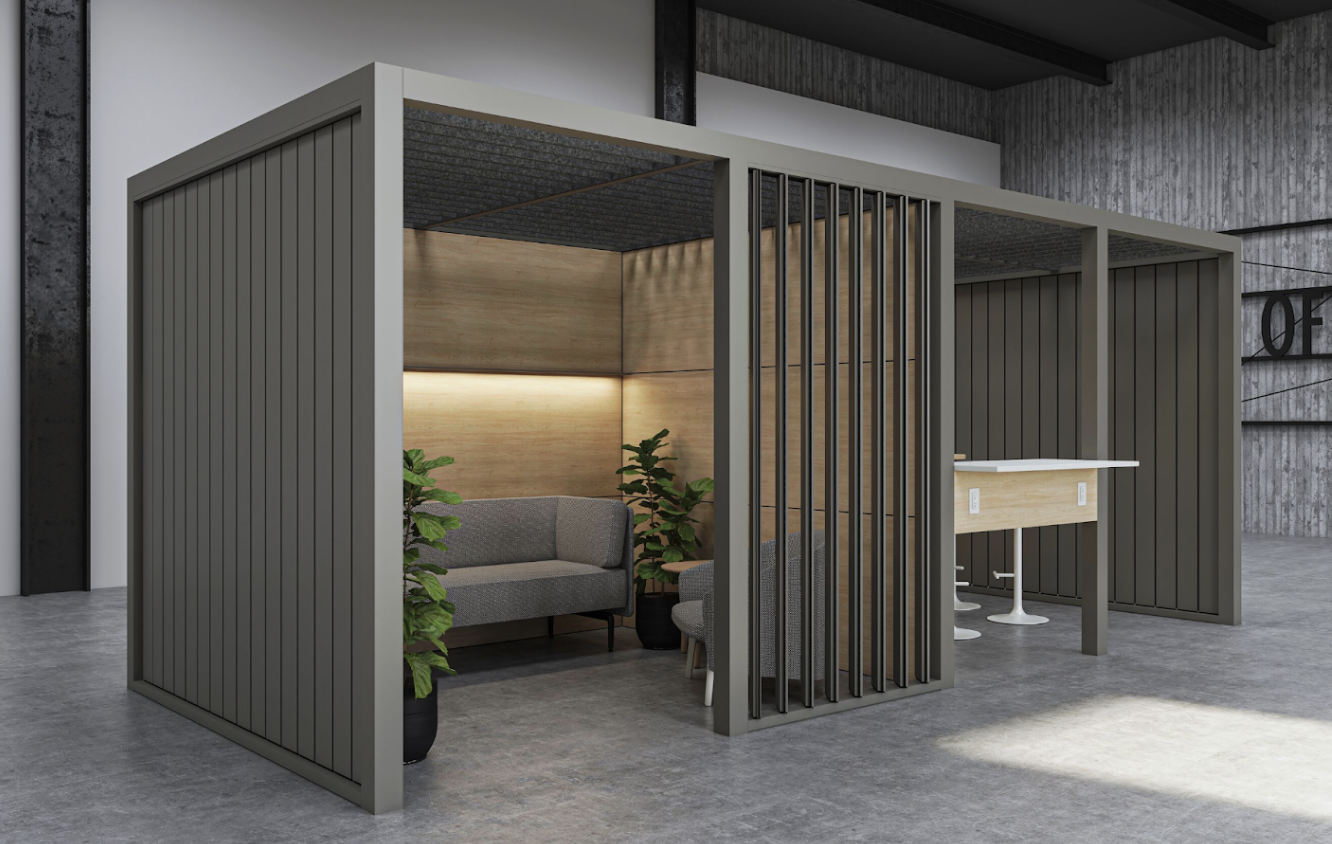
- Biophilic Design – Biophilic elements incorporating natural light, plants, and natural materials have been shown to reduce stress, enhance creativity, and improve overall well-being. Architectural products can be used strategically to bring all of these elements into a space, and various products can be used in combination with each other for maximum impact.
Glass demountable walls are a great way to maximize natural light, and microarchitecture systems can be designed to bring in natural textures such as wood and even living walls. Planters can even be suspended from ceiling baffles to incorporate additional greenery. This nature-guided approach not only makes the office more aesthetically pleasing, but also supports the mental and physical health of employees.
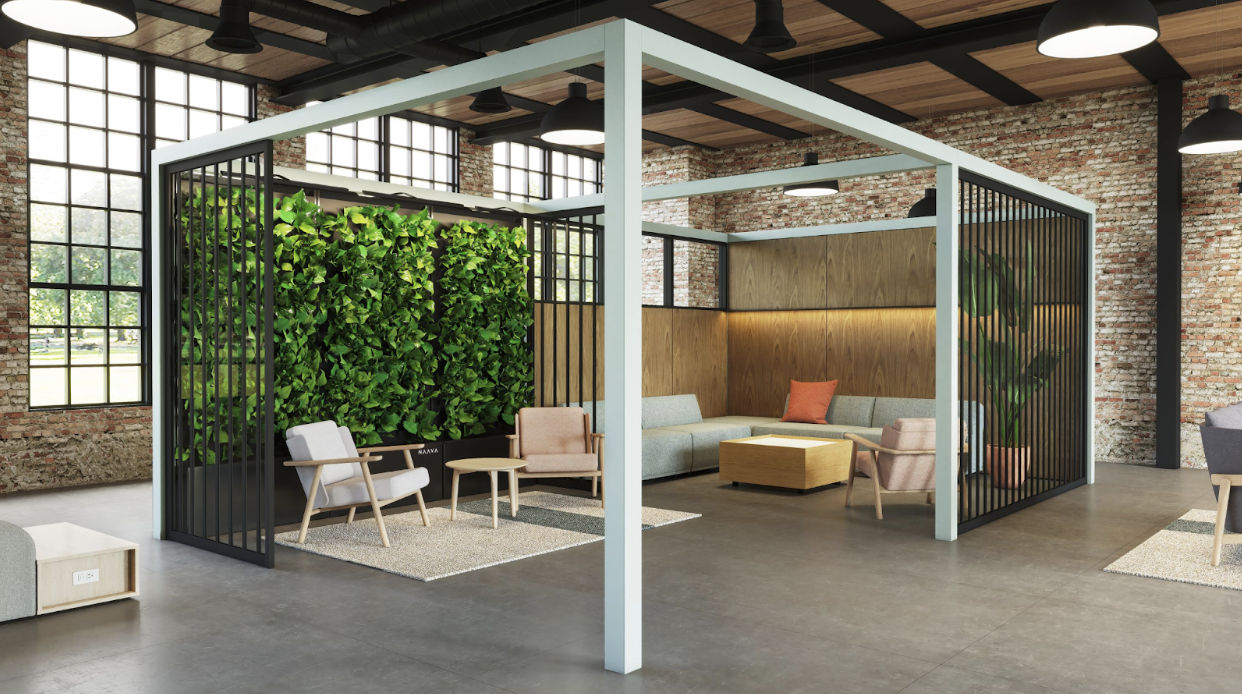
Enhancing Employee Satisfaction and Productivity
When employees have the ability to choose where and how they work, they are more likely to feel valued and supported by their employer. This sense of autonomy can lead to higher levels of job satisfaction and engagement. In turn, engaged employees are more productive and less likely to experience burnout.
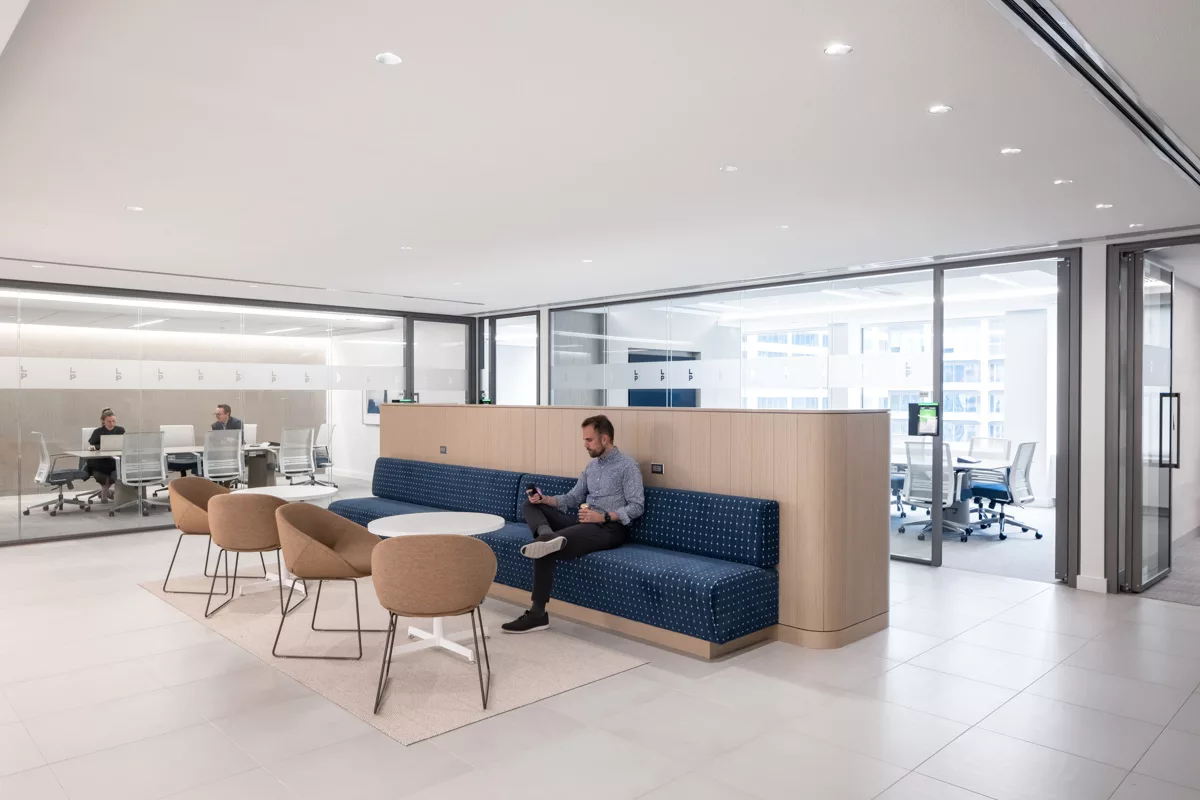
According to MITSloan, when organizations and teams include neurodivergent individuals, productivity is estimated to be 30% higher. With that in mind, architectural products are a great tool to keep in mind when designing interior environments for high performance and individual empowerment.The investment in such environments pays off in the form of higher employee satisfaction, increased productivity, and a more innovative and resilient organization.
As the workforce continues to evolve, the importance of flexible, inclusive design will only grow. Architectural products provide a practical and effective solution for meeting these needs, making them a valuable consideration for any forward-thinking organization.
If you’re interested in adding architectural products to your space, let’s chat!
 Alex Lang joined the Office Revolution team in 2021 after graduating with honors from Bowling Green State University. She holds a major in Interior Design and a minor in Marketing, and has over 4 years of combined experience in the design industry. Alex is an avid writer and prides herself on her enthusiasm for learning, and is especially interested in the latest research on the future of commercial interiors. In her role as a Content Strategist, she applies this knowledge toward the creation of client deliverables and internal resources, as well as her contributions as a guest author.
Alex Lang joined the Office Revolution team in 2021 after graduating with honors from Bowling Green State University. She holds a major in Interior Design and a minor in Marketing, and has over 4 years of combined experience in the design industry. Alex is an avid writer and prides herself on her enthusiasm for learning, and is especially interested in the latest research on the future of commercial interiors. In her role as a Content Strategist, she applies this knowledge toward the creation of client deliverables and internal resources, as well as her contributions as a guest author.


